The field of machine learning belongs to artificial intelligence (AI). It allows systems to receive, incorporate, and improve knowledge from a large pile of data. All this is possible without even programming. This dynamic term is coined by one of the employees of IBM named Arthur Samuel. Today, machine learning algorithms including natural language processing, robot vision, speech recognition, image processing, etc., are at their peak.
What is machine learning?
It is a vital part of recent technological developments with the market size accounting for $328.34 Billion.
A machine learns when it changes its form, program, or data to improve its expected outcome (based on its inputs or in response to external information). Some changes, such as adding a record to a database, maybe more appropriately referred to as changes in other domains. The performance of a speech-recognition machine, for example, can be said to be improved after hearing several samples of a user’s speech. Machine learning means the specific changes in systems that execute AI-related tasks like planning, predicting, diagnosis, etc. Those changes can either be enhancements to existing systems or the creation of new systems from scratch. Such agents observe and model their environment to compute appropriate actions, perhaps anticipating the effect of those actions. Learning may be attributed to any changes made to the components shown in the figure. Learning mechanisms may differ according to which subsystem needs to be modified.
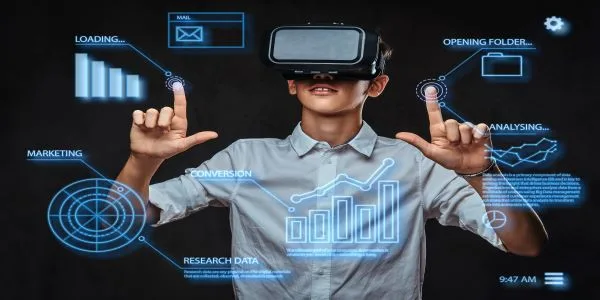
Why machine learning is required
- A task cannot be described well unless we show it by example; for example, input/output pairs can be defined but the connection between inputs and outputs cannot be outlined. Machines should be capable of adapting their internal structures to produce the correct outputs for a variety of input samples. As a result, their input/output function could be appropriately constrained to approximate the relationship implied in the examples.
- There may be correlations and relationships hidden among huge piles of data. Data mining is often used to extract these relationships (machine learning). Sometimes, human designers produce machines that don’t perform well in their environments. When designing the working environment, certain characteristics might not be known completely. Existing machine designs can be improved on-the-job using machine learning methods.
- It is possible that humans cannot encode all the knowledge about certain tasks explicitly. This knowledge might be better captured by machines that gradually learn it than humans would. Over time, environments change. The need to redesign machines constantly would be reduced if they were able to adapt to a changing environment. Humans are constantly discovering new information about tasks. There is a change in vocabulary. The world is constantly flooded with recent events. Redesigning AI systems to accommodate evolving knowledge is impractical, but machine learning methods may be able to track some of it.
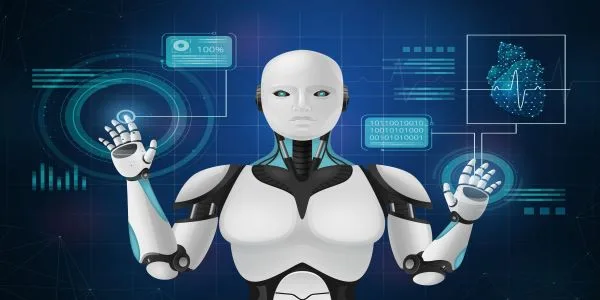
Machine learning Approaches
Supervised learning
It starts with regular data set and understanding its classification. It aims at finding similar data patterns that have defined features. Consider, for instance, there are a variety of plants including their explanations. You can design a machine-learning application to classify plant species. Having identified the attributes of the data and its meaning, the users can train it so that the labels match the modeled data. Whenever the label is continuous, the data is a regression; when it is finite, it is a classification. The purpose of regression used in supervised learning is to understand how variables are correlated.
These models have applications in solving concerns related to business, fraud identification, risk analysis, and speech recognition. After training the algorithms with preprocessed examples, the results of the algorithms are assessed with test data. There are times when patterns recognized in a subset of data cannot be seen in the bigger population. Overfitting occurs when a model is fit solely to represent the patterns of the training subset. An overfitted model is one that has been tuned specifically to training data but may not apply to large unknown data sets. Tests should be performed against unpredictable or unfamiliar labeled data to control overfitting. Testing a model with unanticipated data can help you evaluate its accuracy in predicting results.
Unsupervised learning
This is suitable to address the huge quantity of unlabeled data. Consider all the social media apps that have large volumes of unlabeled data. Certain algorithms are necessary to classify this data according to their patterns. Consider, for instance, spam detection in Gmail. These unwanted emails are recognized by machine learning programs.
The algorithms of unsupervised learning arrange data into groups of features. It is the unlabeled data that determines the parameter values and classifications of the data. As a result of this process, the data become supervised by adding labels. When there is a huge amount of data, unsupervised learning can determine the outcome. Developers have no idea how the data will be used, so labeling isn’t possible at this point. In this way, unsupervised learning can be used as a first step before passing the data to supervised learning. This strategy can define the results faster than supervised learning.
Reinforced learning
In this approach, users are directed toward the best results due to the algorithm’s feedback getting from the analysis. Here, the system learns through the trial and error method instead of training with the sample data set. In other words, after a series of successful decisions, the process will be “reinforced”, since it solves the problem in the best way.
Consider the field of robotics. often, the actions or navigation is achieved by trial and error method. A robot is subjected to change the course of its action as per the desired outcome. Learning algorithms need to identify a relationship between the intended results and the sequence of steps. A self-driving car is also a good example of reinforced learning. It should cross the road obstacles, pay attention to the traffic signals, and drive smoothly.
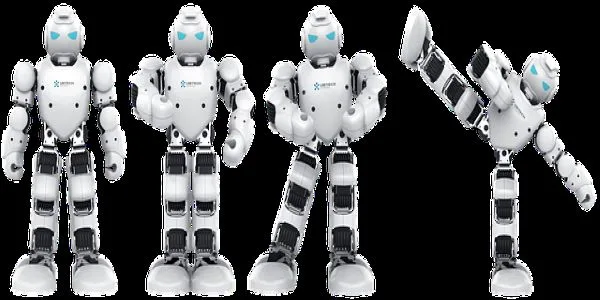
In this article, we have covered the fundamentals of machine learning, its necessities, and the popular approaches. It is always a good idea to start learning about model-based machine learning instead of programming.
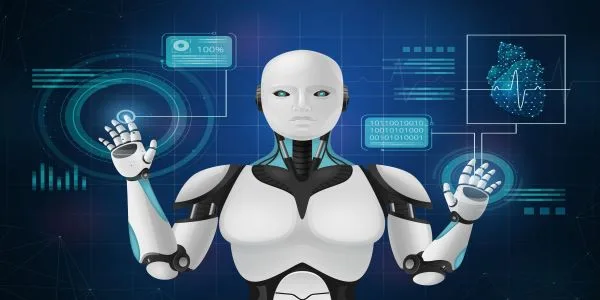
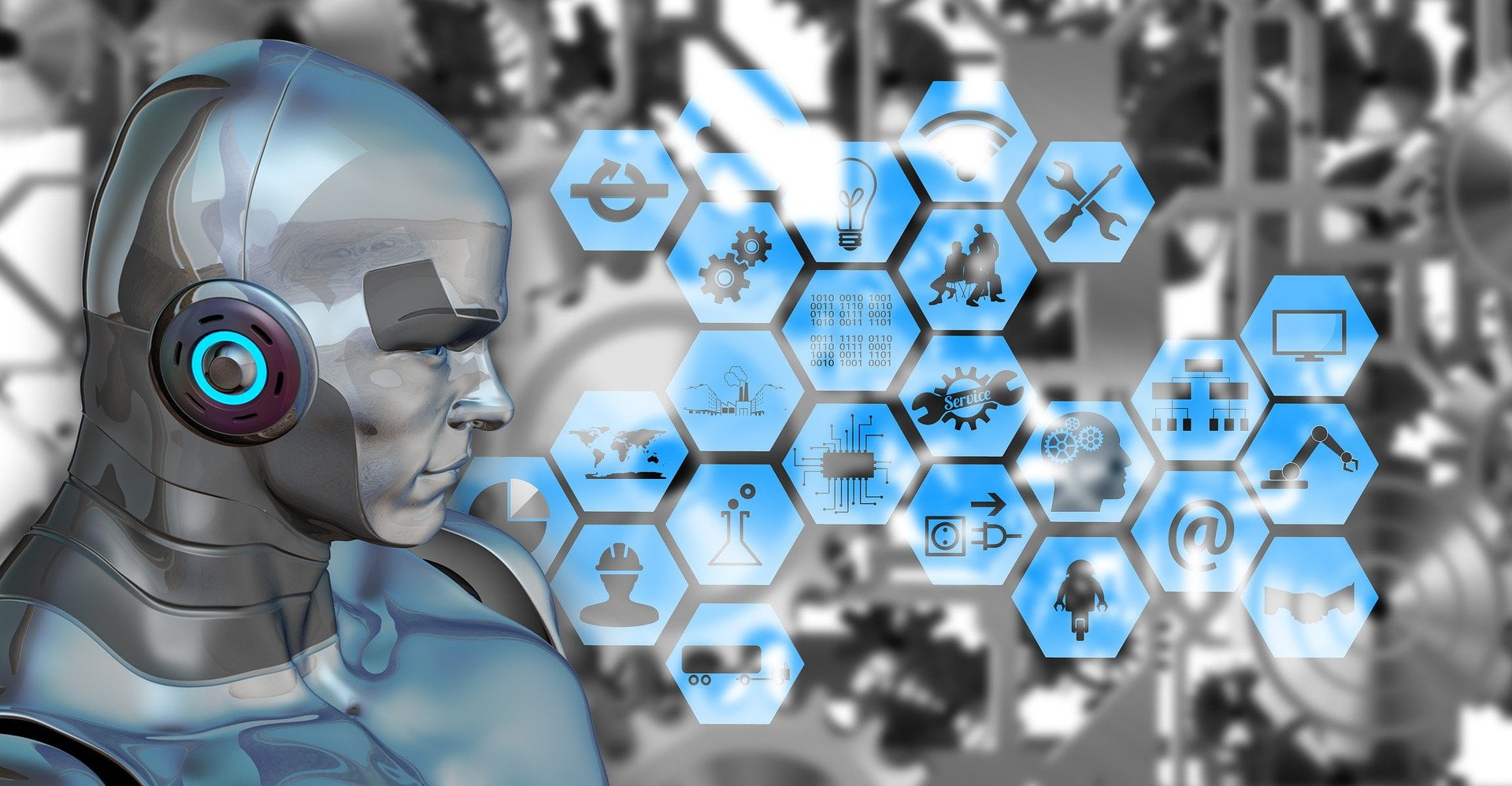
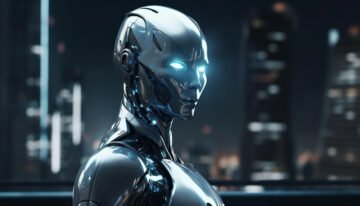

[…] doesn’t deal with physical robots. RPA is simply a process that uses Artificial intelligence and machine learning capabilities to form software that simplifies a lot of human work. It is a part of the digital […]
[…] Trends such as artificial intelligence, machine learning, etc., can emulate the design by studying the data of connected devices. Studying how humans […]
[…] retail, logistics, supply chain, etc. To facilitate working, AI employs certain branches like machine learning, fuzzy logic, robotics, […]
[…] industries. These driverless vehicles employ digital technologies such as artificial intelligence, machine learning, etc., and run without human interference. Let’s dig deep into this […]
[…] Machine learning techniques […]
[…] is the method that enables computers to learn without programming. Machine Learning monitors activities in our day-to-day life. There are many examples that include Google maps, spam […]
[…] that integrate data from IoT devices. To make informed decisions, this data is analyzed with machine learning or artificial intelligence (AI). Decisions are communicated back to IoT devices, which smartly […]
[…] is a commercial and scalable machine-learning algorithm implemented by Google, Facebook, Yahoo, Twitter, and IBM. It implements algorithms such […]
[…] 3.0 is the third-gen of the internet built from different technologies like blockchain, machine learning, artificial intelligence, etc. It was valued at $1890 million in 2021 and is expected to evolve at […]